Growing Awareness of Oral Health
The rising awareness of oral health is significantly impacting the Dental Laboratory Welders Market. As public health campaigns and educational initiatives promote the importance of dental hygiene and regular check-ups, more individuals are seeking dental care. This increased demand for dental services translates into a higher need for dental restorations and prosthetics, which in turn drives the demand for advanced welding technologies. The market is likely to see a surge in the adoption of dental welders as practitioners strive to meet the growing expectations of patients for high-quality, durable dental solutions. Analysts predict that this heightened awareness will contribute to a robust growth trajectory for the Dental Laboratory Welders Market in the foreseeable future.
Regulatory Support for Dental Innovations
Regulatory frameworks play a pivotal role in shaping the Dental Laboratory Welders Market. Governments and health organizations are increasingly recognizing the importance of dental innovations, leading to supportive policies that encourage the adoption of advanced welding technologies. These regulations often aim to ensure safety and efficacy in dental practices, which in turn fosters a conducive environment for the growth of the dental welding market. As regulatory bodies streamline approval processes for new technologies, dental laboratories are more likely to invest in cutting-edge welding equipment. This regulatory support is anticipated to drive market growth, as it not only enhances the credibility of dental products but also instills confidence among practitioners and patients alike.
Rising Demand for Custom Dental Solutions
The growing trend towards personalized dental care is significantly influencing the Dental Laboratory Welders Market. Patients increasingly seek customized dental solutions that cater to their specific needs, which necessitates advanced welding techniques for creating tailored prosthetics. This shift towards customization is supported by the rising prevalence of dental disorders and an aging population requiring more dental interventions. As a result, the demand for dental welders capable of producing bespoke solutions is on the rise. Market analysts estimate that the demand for custom dental solutions will contribute to a substantial increase in the market size of dental welding equipment, potentially reaching a valuation of several billion dollars in the coming years.
Increased Investment in Dental Laboratories
Investment in dental laboratories is a critical driver for the Dental Laboratory Welders Market. As dental practices expand and modernize, there is a corresponding increase in the establishment of advanced dental laboratories equipped with state-of-the-art welding technology. This trend is particularly evident in emerging markets, where the growth of the dental sector is fueled by rising disposable incomes and greater access to dental care. The influx of capital into dental laboratories enables the acquisition of high-quality welding equipment, which enhances operational efficiency and product quality. Consequently, this investment trend is expected to bolster the Dental Laboratory Welders Market, with projections indicating a steady growth trajectory over the next decade.
Technological Advancements in Welding Equipment
The Dental Laboratory Welders Market is experiencing a notable transformation due to rapid technological advancements. Innovations in welding equipment, such as laser welding and CAD/CAM integration, enhance precision and efficiency in dental restorations. These technologies not only reduce production time but also improve the quality of dental prosthetics. The market for dental welding equipment is projected to grow at a compound annual growth rate of approximately 6.5% over the next five years, driven by the increasing demand for high-quality dental solutions. As dental laboratories adopt these advanced technologies, they are likely to achieve better patient outcomes and higher satisfaction rates, further propelling the Dental Laboratory Welders Market.


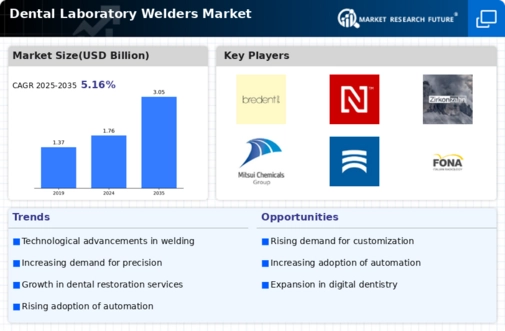
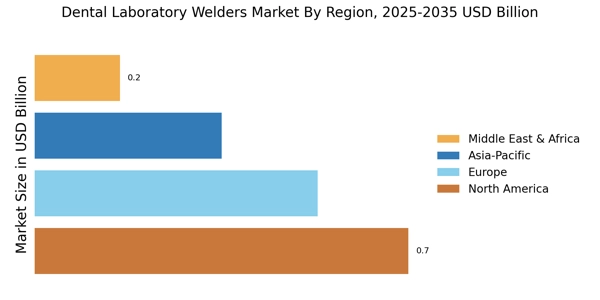



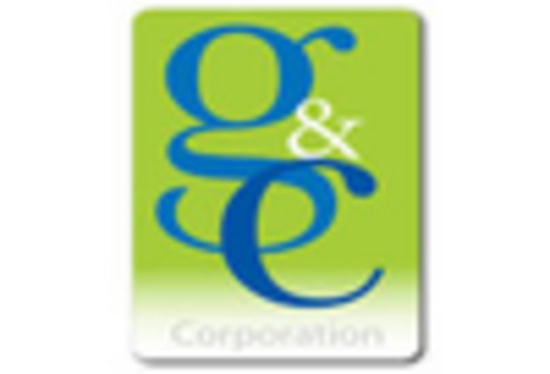
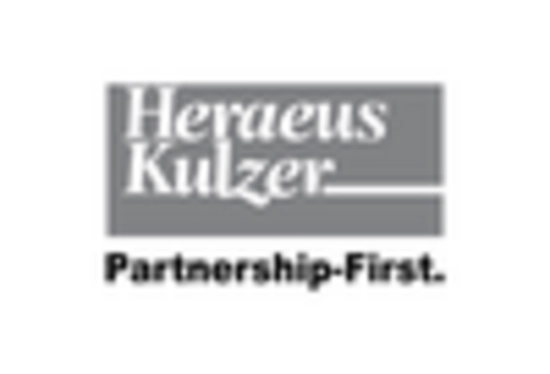
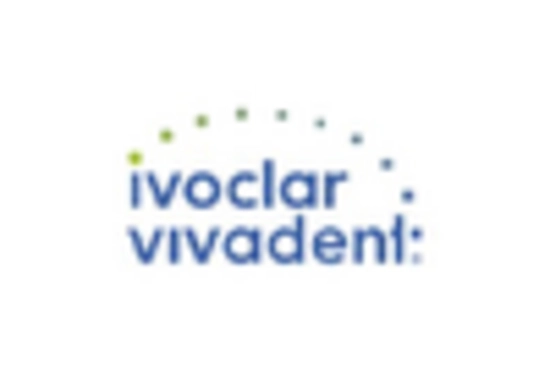








Leave a Comment